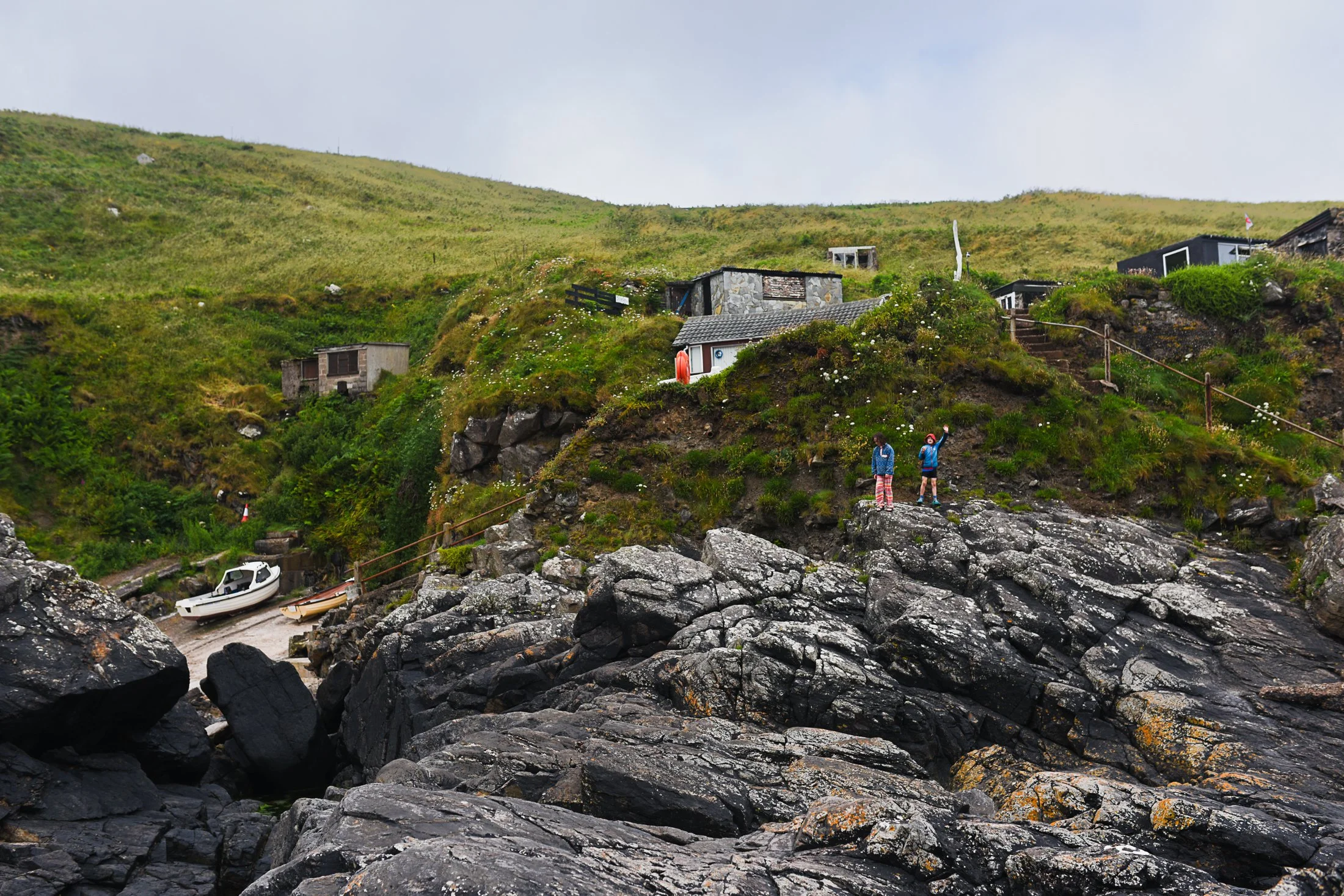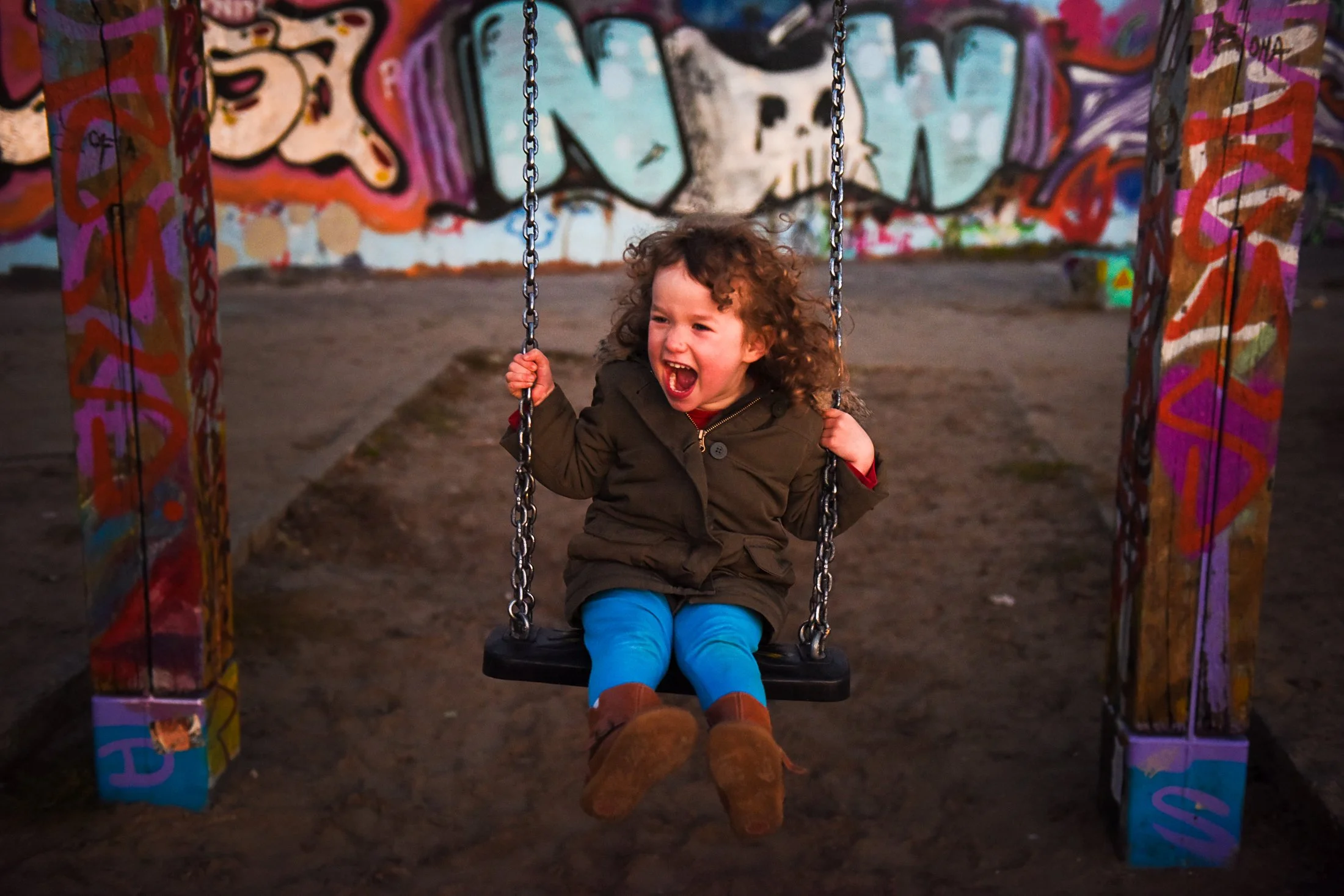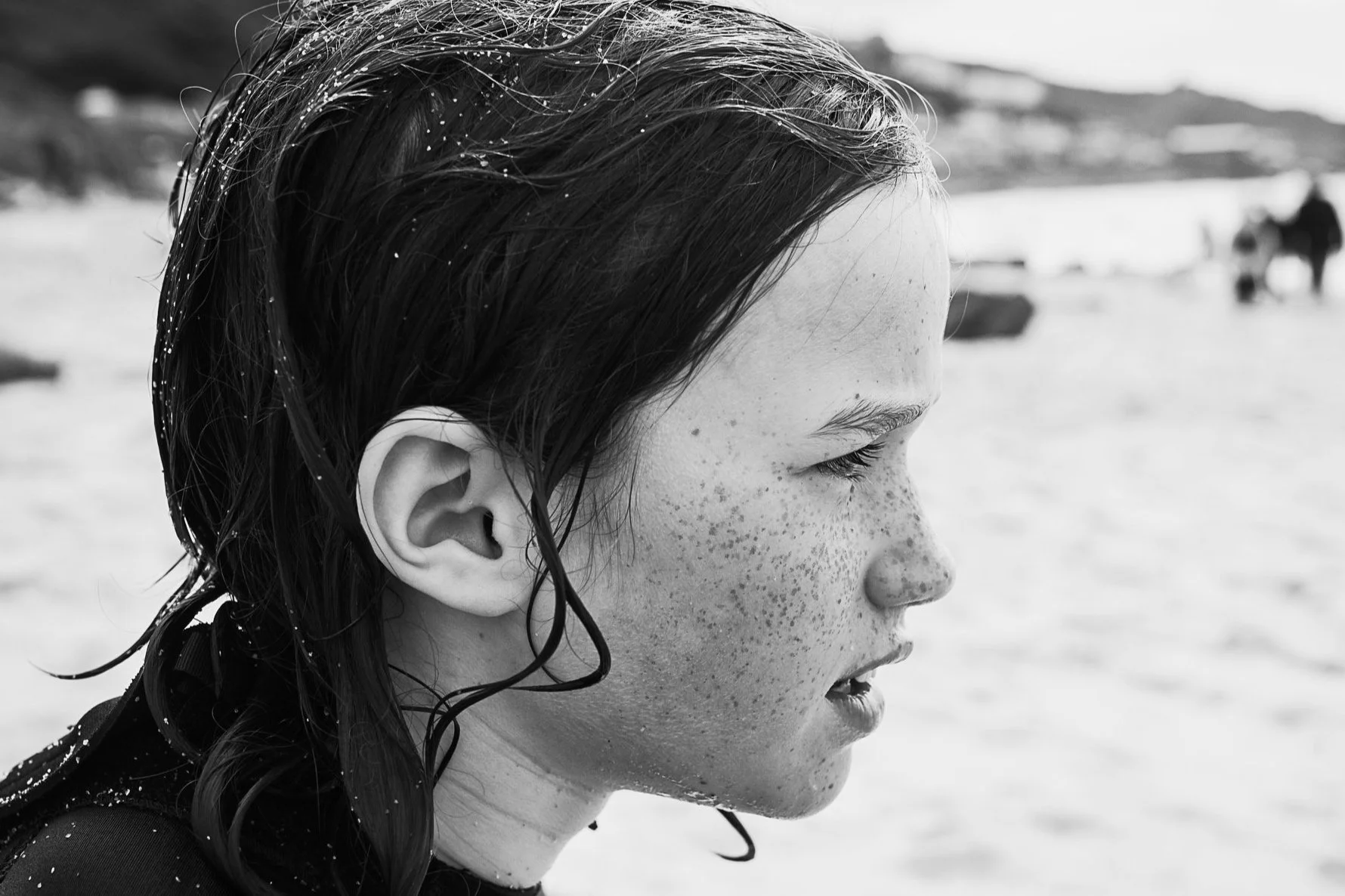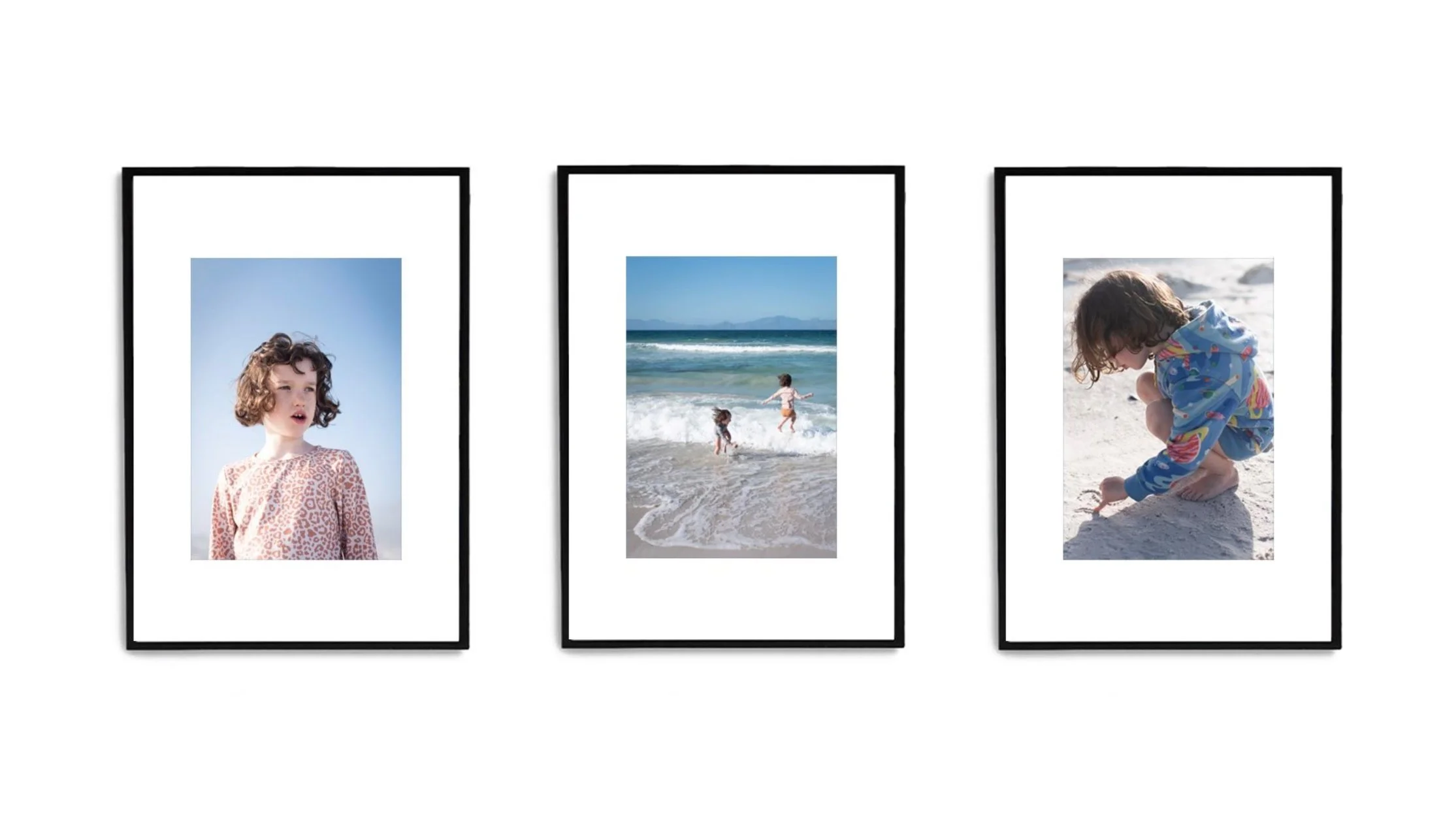A Professional's Recipe for Photos That Tell Your Story
As a photographer, I've spent years honing my craft, learning how to capture not just images, but stories. Today, I'd like to share a simple yet powerful recipe that professional photographers often use to create compelling visual narratives. Whether you're documenting a family holiday, a special event, or simply your everyday life, this approach can help you create a rich, meaningful collection of photos.
The Three-Shot Recipe
The essence of this technique is to capture three types of shots: wide, mid-range, and close-up. Each plays a crucial role in telling your story. Let's break it down:
Set your scene
1. The Wide Shot: Setting the Scene
Start with a wide shot to establish context. This is your establishing shot, setting the stage for your story. It answers the 'where' of your narrative.
When you're about to take a photo, try stepping back. Include the bustling café, the sun-drenched beach, or the cozy living room. This approach doesn't just capture your subject—it captures their world.
A wide shot helps you relive not just the moment, but the entire atmosphere. It's particularly useful for travel photos or when you want to remember the feel of a place.
Showcase who or what your story is about in your Mid-Shot.
2. The Mid-Range Shot: Showcasing Character
You’ll need to move in closer for your mid-range shot. This is where you showcase personalities and relationships. It's the 'who' of your story.
Instead of just capturing faces, try to include some body language. This could be your partner's characteristic stance or your child's expressive gestures as they tell a story.
By focusing on people being themselves, rather than just smiling at the camera, you're more likely to capture images that truly resonate with your memories of that moment.
3. The Close-Up: Revealing Details
Finally, zoom in on the small things that tell a big story. Close-up shots capture those unique details that define a place or subject—details you might otherwise forget. This is the 'what' that adds depth to your narrative.
Focus on the weathered hands of a craftsperson, the intricate tiles of a historic building, or the well-worn spine of a favourite book. These intimate shots preserve the essence of what makes something or someone special.
Close + Wide + Mid = A story
Putting It All Together
When documenting an event or place, try combining all three approaches. With just a handful of thoughtfully composed shots—wide, mid, and close—you'll create a richly detailed story that captures the essence of your experience.
Remember, this isn't about achieving technical perfection. It's about authenticity and capturing the moment as you experienced it. Sometimes a slightly blurry photo of your family laughing together can hold more meaning than a perfectly composed landscape.
The Power of Print
While we often keep our photos digital these days, there's something special about printed images. They become tangible pieces of your story, easy to share and revisit. At 20 Photos, we specialise in helping you curate your digital memories into beautiful, meaningful prints that tell your unique story.
Give It a Try
Next time you're out making memories, why not try this recipe?
Shoot wide for context, mid for character, and close for unique details.
You might be surprised at how effectively you can tell your story with just a few thoughtful shots.
I'd love to hear how this approach works for you. Do you have any other tips for capturing meaningful photos? Feel free to share your thoughts and experiences with me.





